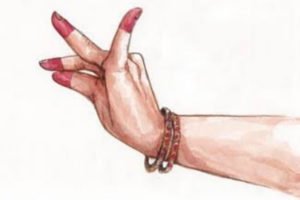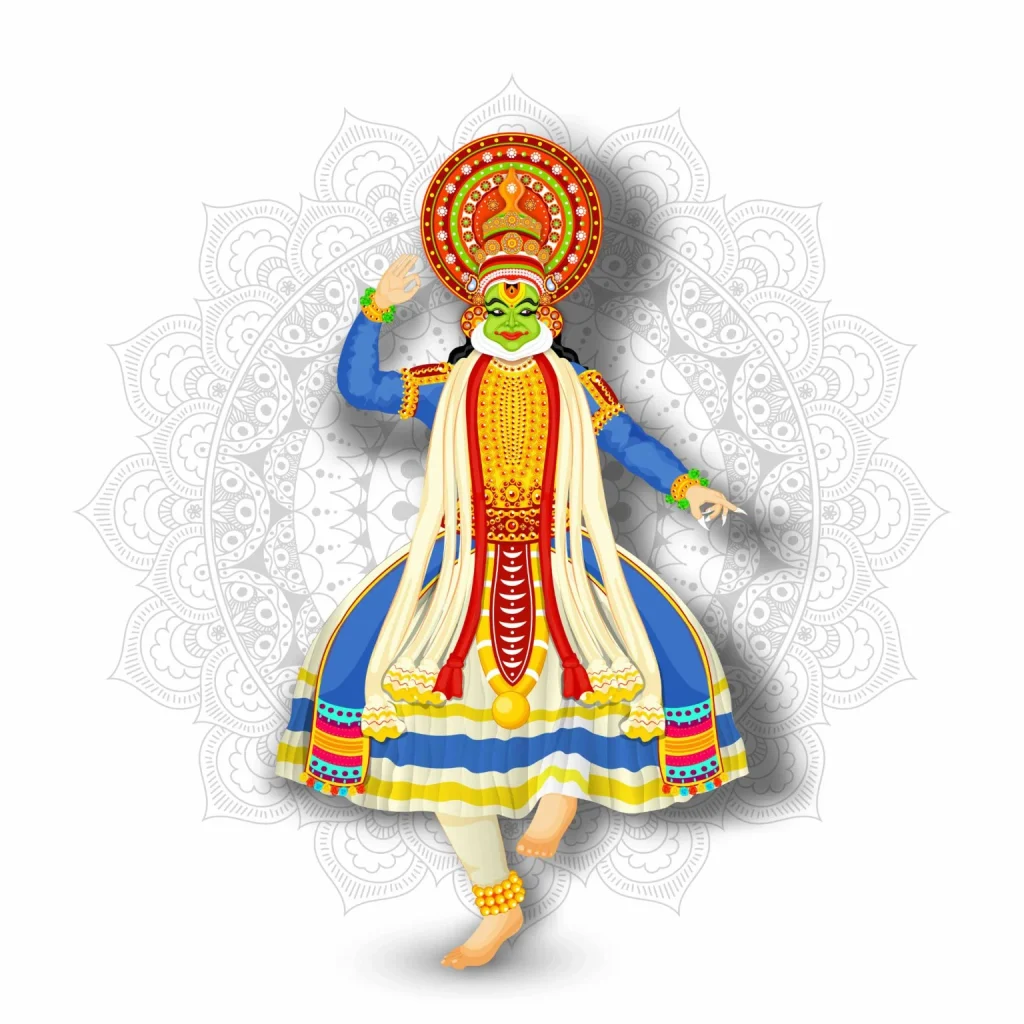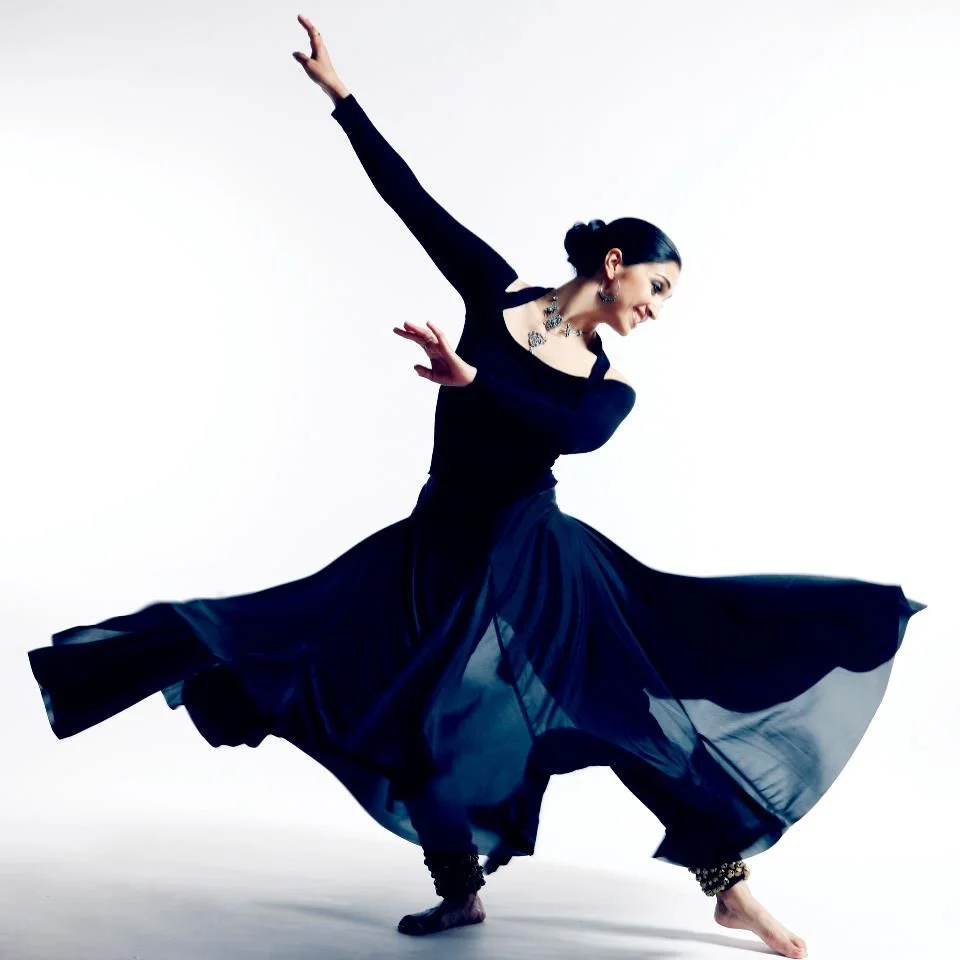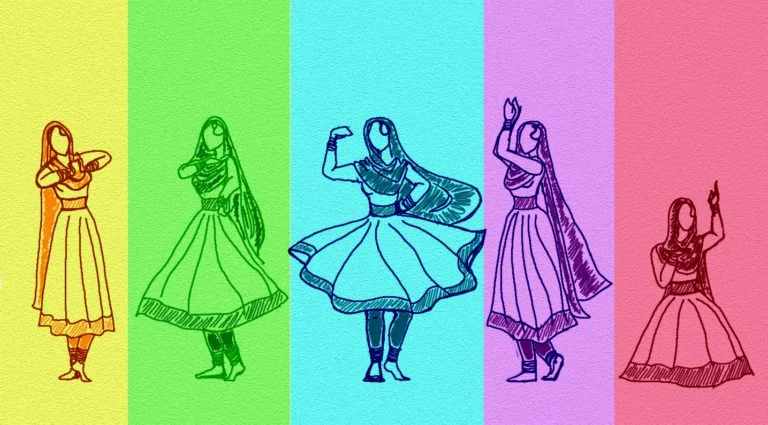Kathak Instrument 1: Tabla
Tabla is considered to be one of the most important instruments for performing this classical dance form. This instrument is believed to have evolved from the Arabian drum known as the Pakhawaj. There are two pieces in the tabla which is called the Dhyan and the Bayan.
Tabla gives laya or rhythm to the dance performed and is played with the fingers as well as the palms. These are known as the instruments of the Heart chakra also known as the Anahata. It is also considered to be the most played percussion instrument of Northern India. This instrument was believed to have been discovered by Amir Khusrau in the 13th century.
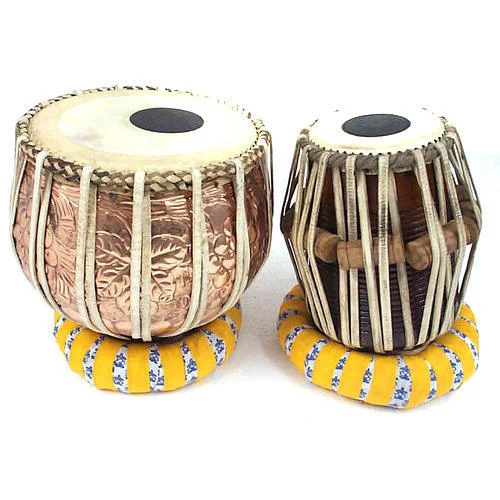
Kathak Instrument 2: Pakhawaj
This is considered to be one of the most important instruments of the Mughal period and is known as the king of drums during that time period. Pakhawaj also consists of two drums. This instrument is played along with Classical music and Kathak dance. This instrument is also known as the Mridang. Mainly used in Drupad singing this instrument has a unique antique value.
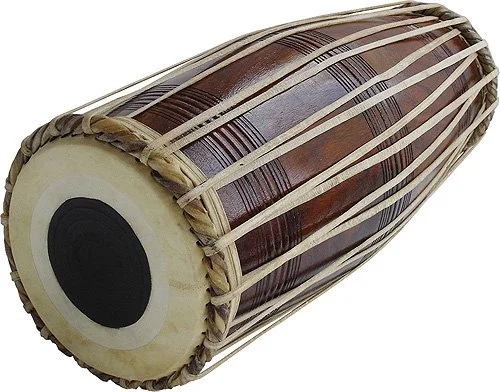
Kathak Instrument 3: Sarangi
This is mainly a string instrument which has a short neck. Mainly has its origin from Nepal and Pakistan, this is one of the most significant instruments which is used for playing alongside Hindustani music. This is also a perfect accompaniment along with the vocal artist while performing Kathak dance.
This instrument is said to be able to intricately bring out the human voice while singing. The singer can also perform Gumkars well along with this instrument. There are three strings and four tunning pegs on each side to adjust the different scales of vocal voices. This was actually used with traditional music. This instrument presses against the strings and not against the board in case of a Violin.
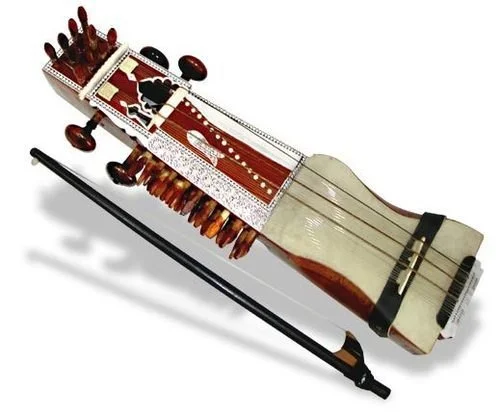
Kathak Instrument 4: Duffli
This is also known as the Khanjari. Falls under the variety of Duffli instrument. This music is used all over the nation along with devotional music and also folk songs. This constitutes of the wooden circular frame and a skin-like body which is stretched. This skin remains on only one side while the other remains blank. This instrument gives a jingling sound when this instrument is beaten across each other.
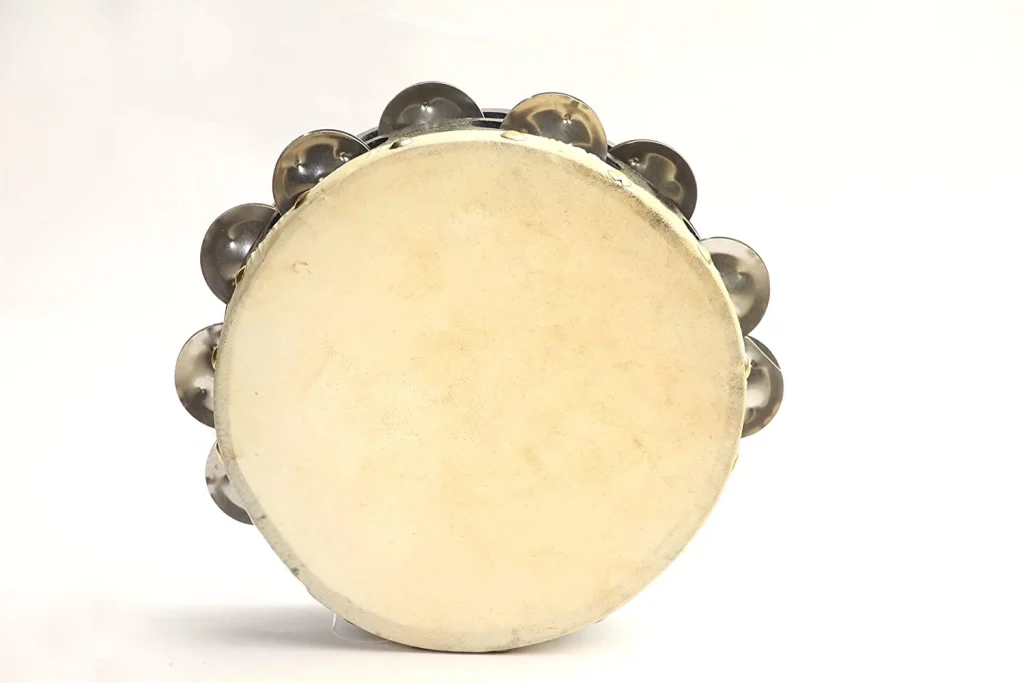
Kathak Instrument 5: Sarod
This is a very significant instrument of the stringed type. This instrument is believed to have been evolved from the instrument called Rabab from the Middle East. This instrument is approximately three feet long and is made up of wood.
The end of this instrument consists of a rounded structure with a parchment. There are six main strings in this instrument. The strings are made up of metal. These metallic strings are tied with the pegs at the neck of instruments. Another belief is that such an instrument was also present during the Greco-Buddhist times of the Gandhara period.
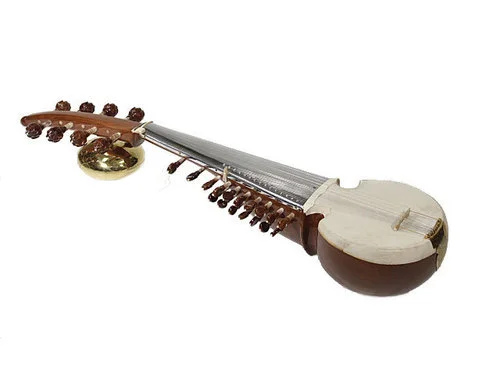
Kathak Instrument 6: Bansuri
This is an instrument which is played with the side of the mouth in countries of Asia like India, Bangladesh, Nepal as well as Sri Lanka. Made of bamboo it is a very common instrument which is used in Hindustani music.
This instrument which is present in the South is known as Venu. This musical instrument was also mentioned in the Vedic literature and was called Nadi and Tunava. This has also been discussed in the traditional text of Natya Shastra as well.
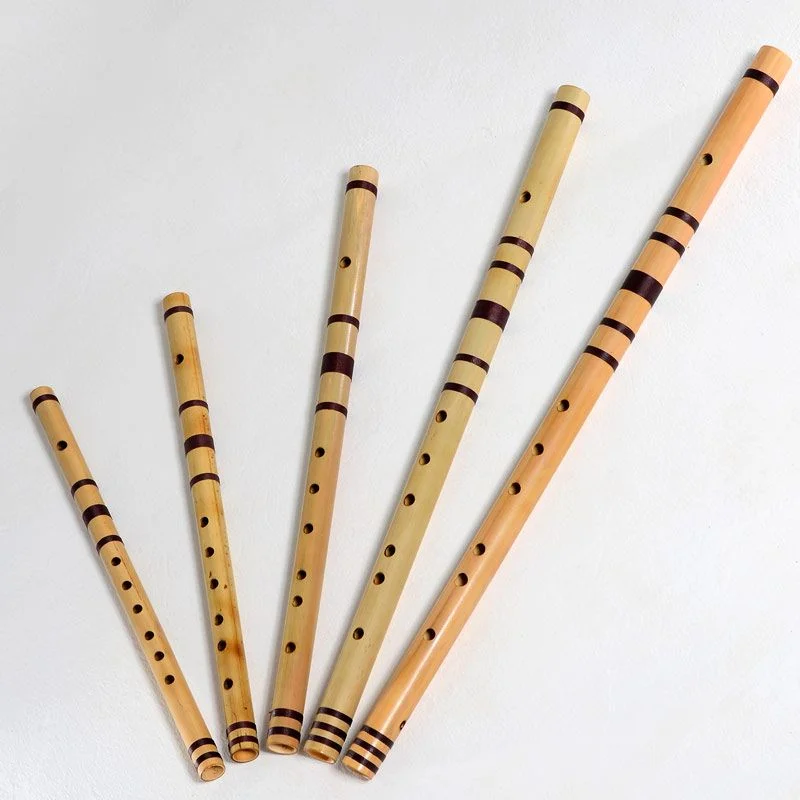
Kathak Instrument 7: Tanpura
This is a long-necked musical instrument. It helps in supporting the vocal performance of the singer during the music. This is mainly plucked to produce sound to help in singing. The name of this instrument was taken from Persian culture. While the north Indians call this instrument Tanpura, the south Indians call this instrument Tambura.
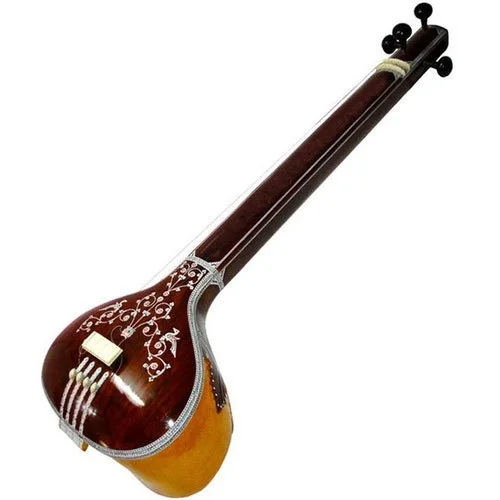
Need for Kathak Dance Instruments
Kathak involves the accompaniment of various musical instruments along with the dance. It may include two to twelve musical instruments along with Kathak. The most played instruments along with this dance form include Kathak instruments, Sarangi, Manjira or the hand cymbals, tabla and so on. The accompaniments along with the dance give a proper pace, maintains Taal, and also make the dance form more appealing to the audience as well as the dancer.
Music, as well as dance, have long been used in the religion of India. The emergence of music is attributed to the gods and goddesses of Indian mythology. Mythological characters of Gandharvas and Kinnaras are linked with music.
Ancient sculptures numerously depicted the presence of various musical instruments like Veena, Flute, Ankle Bells and so on. This very well represent that dance and musical instruments form an important part of Indian culture and heritage. Since this dance form also uses mime to make the audience understand through their expressions the story they want to convey to the audience, the music greatly helps in such cases. It also helps in dramatizing the dance and maintain beats and rhythm while dancing.
Summary
Musical instruments form the main tenet of Indian classical dances to a great extent. It provides energy, appeal, rhythm and beats to the dance which is performed by the dancers in Kathak. The perfect music along with dance gives life to the dance which is performed.
Share with your friends

